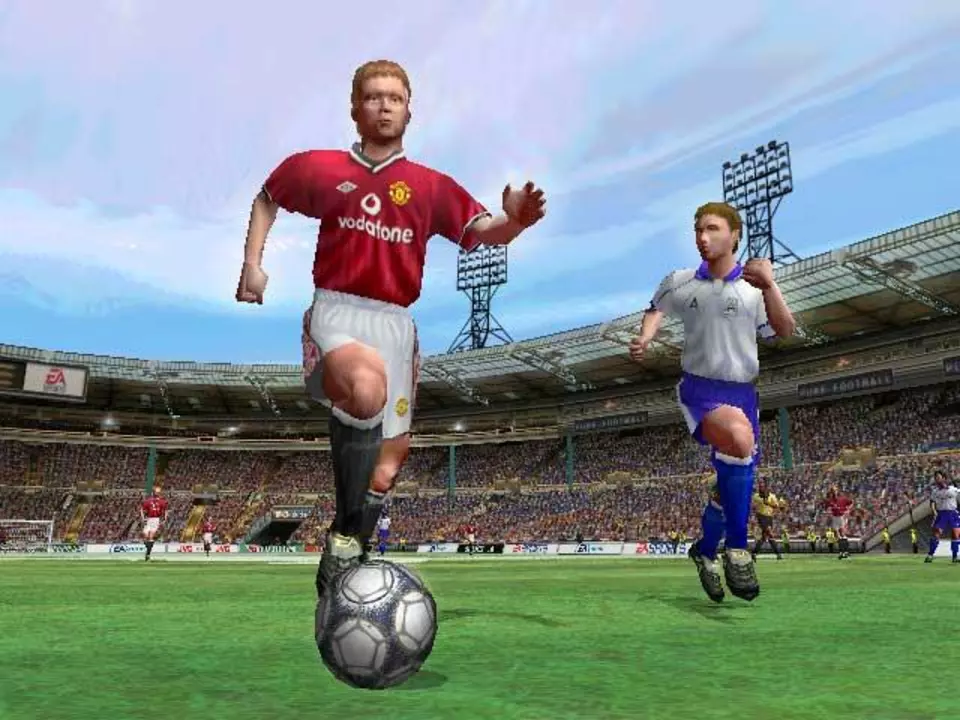FIFA Rules: What Every Player and Fan Needs to Know
Whether you’re stepping onto the pitch or cheering from the couch, understanding FIFA’s official rules makes the game more enjoyable. The rulebook might look long, but most of it boils down to a handful of concepts that you see in every match. Let’s walk through the basics, clear up common myths, and give you practical tips you can use right away.
The Field, the Ball, and the Basics
The first thing to check is the playing surface. FIFA requires a rectangular field between 100‑130 yards long and 50‑100 yards wide. The goal lines must be 8 yards apart, and the penalty area is a 18‑yard box in front of each goal. The ball itself has to be spherical, made of leather or another approved material, and sit between 68‑70 cm in circumference. If any of these dimensions are off, the referee can stop play and order a retake.
Key Game Rules: Offside, Fouls, and Cards
Offside is the rule that trips most newcomers. A player is offside only if they are nearer to the opponent’s goal line than both the ball and the second-last defender **when the ball is played to them**. Being in an offside position isn’t a violation by itself; you must also be involved in active play. If you’re unsure, imagine a line drawn through the second-last defender at the moment the pass is made—cross it, and you’re offside.
Fouls cover everything from tripping to handball. A direct free kick is awarded for serious infractions like kicking or pushing an opponent. An indirect free kick follows less severe offenses, such as dangerous play or a goalkeeper holding the ball too long. The referee uses yellow cards for cautions (e.g., persistent fouling) and red cards for dismissals (e.g., violent conduct). Two yellows equal a red, meaning the player leaves the field and cannot be replaced.
One of the newest additions is VAR—Video Assistant Referee. VAR steps in only for clear and obvious errors related to goals, penalties, red cards, or mistaken identity. The on‑field referee still makes the final call, but the video review helps correct game‑changing mistakes.
Beyond the big three—offside, fouls, and cards—there are a few other rules that pop up often. The goalkeeper can handle the ball only inside the penalty area and must release it within six seconds of gaining possession. Throw‑ins require both feet on the ground and the ball delivered from behind the head. Corner kicks are taken from the nearest corner arc, while goal kicks and free kicks are taken from the spot of the infringement.
Knowing these basics lets you follow the action without getting lost in jargon. Next time you watch a match, pay attention to the referee’s signals, listen for the announcer’s explanations, and you’ll see why those rules matter. And if you play, remembering the offside line and keeping your tackles clean can save you a yellow card and keep the team moving forward.
FIFA updates its laws every year, but the core ideas stay the same. Stay current by checking the official FIFA website or following reputable soccer news sources. With this guide under your belt, you’re ready to enjoy the beautiful game even more—whether you’re on the field or in the stands.

Is the system of Major League Soccer against FIFA rules?
As a soccer enthusiast, I've been curious to know if Major League Soccer's (MLS) system is against FIFA rules. From my research, I've discovered that the main contention lies in the league's structure, specifically its lack of promotion and relegation. While this system is quite different from most global football leagues, it's not explicitly against FIFA rules. However, it has sparked debates within the soccer community about whether it's the best approach for the growth of the sport in the United States. Personally, I believe it's essential to evaluate the unique circumstances of each league and find the most suitable system for its development.
More Detail